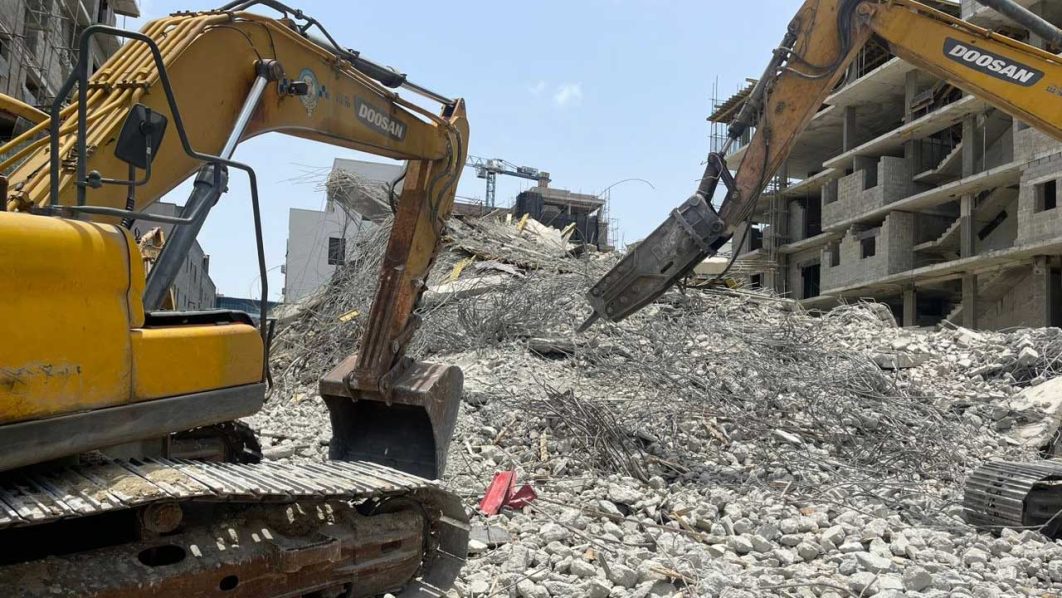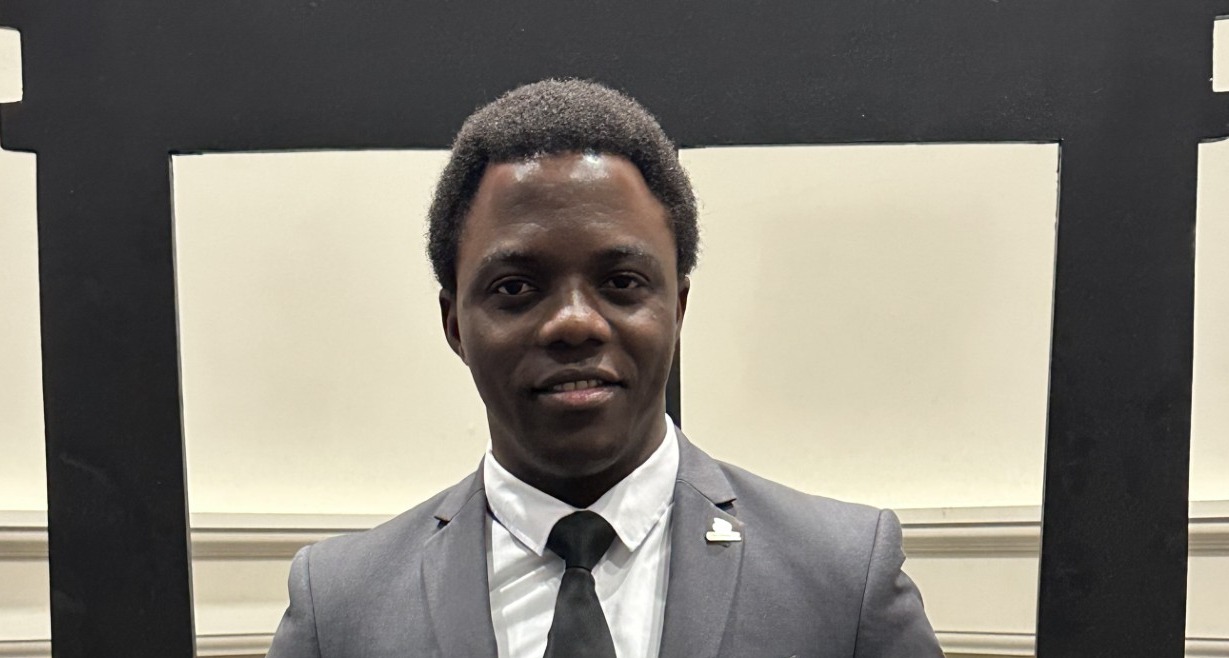
Every time a building collapses, the headlines focus on poor construction materials, contractor negligence, or regulatory failures. But beneath every fallen structure lies a deeper, often ignored issue—the ground it was built on.
Buildings don’t just fail; they are failed by a lack of geotechnical understanding.
As a geotechnical engineer, I have seen firsthand how ignoring soil conditions, improper foundation design, and poor drainage planning can lead to structural disasters. The ground beneath our feet is not always as stable as it seems, and without proper geotechnical investigations, buildings are at risk before the first brick is even laid.
The safety of any structure starts below the surface. Soil type, water table levels, and load-bearing capacity determine whether a building stands strong for decades or crumbles under stress. Some soils expand and shrink with moisture changes, while others lack the strength to support heavy loads. Without detailed geotechnical studies, builders are left guessing, and the consequences can be devastating.
One of the most overlooked threats is water accumulation beneath buildings. Poor drainage can soften soil, weaken foundations, and cause gradual structural failure. Cracks in walls, uneven settling, and eventual collapse often trace back to ignored geotechnical assessments. In cities experiencing rapid urbanization, developers prioritize speed over soil safety, leading to preventable tragedies.
The recent wave of building collapses in urban centers underscores the urgent need for stronger regulations and enforcement. Geotechnical investigations should be mandatory, not optional. Government agencies must enforce strict soil testing requirements, while developers must invest in proper foundation design rather than cutting corners. Educating engineers, builders, and policymakers on the life-saving role of geotechnical engineering is also crucial in preventing future disasters.
A building is only as strong as the ground it stands on. When we ignore the science of soil and foundation stability, we set ourselves up for failure. The cost of geotechnical negligence is measured in lives lost, families displaced, and communities broken. If we truly want to build a safer future, we must start from the ground up—literally.
About the Author

Stephen Adeniyi is a geotechnical engineer and structural specialist with extensive experience in foundation design, soil mechanics, and risk assessment. He has worked on major infrastructure projects, ensuring that buildings, bridges, and roadways are constructed on stable, well-analyzed ground. Passionate about structural integrity and disaster prevention, he advocates for stricter geotechnical regulations to reduce the risk of building collapses.






